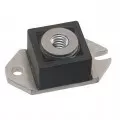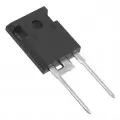OUTLINE:
Tutorial: 8 Steps of Wiring Ballast Resistor
 5076
5076Wiring a ballast resistor is a crucial step to ensure proper voltage regulation and prevent damage to your ignition coil. In this tutorial, we will guide you through the step-by-step process of wiring ballast resistors for optimal performance and safety.
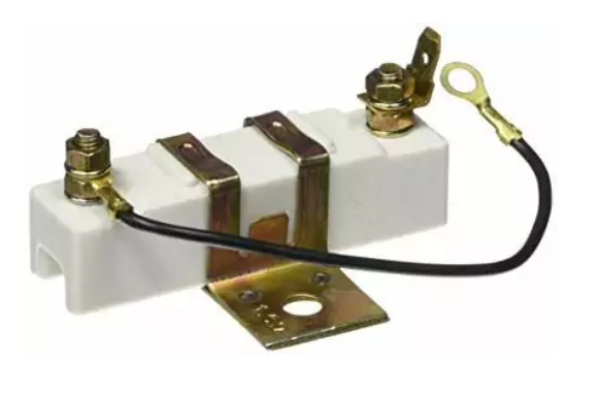
Part 1: What Does A Ballast Resistor Wire Do
A ballast resistor wire is an electrical component used in automotive ignition systems.
Its primary function is to regulate the voltage supplied to the ignition coil, ensuring optimal performance and preventing damage due to excessive voltage.
When your car is driving, the ballast resistor will limit the voltage applied to the coil. This prevents the coil from overheating.
Part 2: Steps of Wiring Ballast Resistor
Wiring a ballast resistor in older vehicles with points ignition systems is crucial to prevent coil damage.
1. Determine if a ballast resistor is needed based on the vehicle's ignition system.
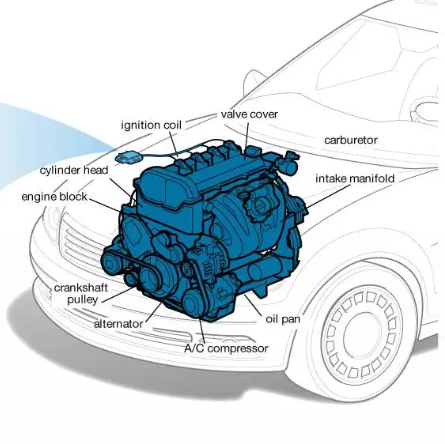
2. Locate a suitable position along the firewall for the resistor.
3. Drill holes for securing the resistor using small clamps.
4. Attach the ballast resistor to the firewall using the clamps.
5. Connect the positive wire from the ignition to the positive end of the resistor.
6. Connect the other terminal of the resistor to the positive terminal of the coil.
7. Install the condenser, located with the ballast resistor on the firewall.
8. Connect the positive wire from the ignition to the condenser terminal.
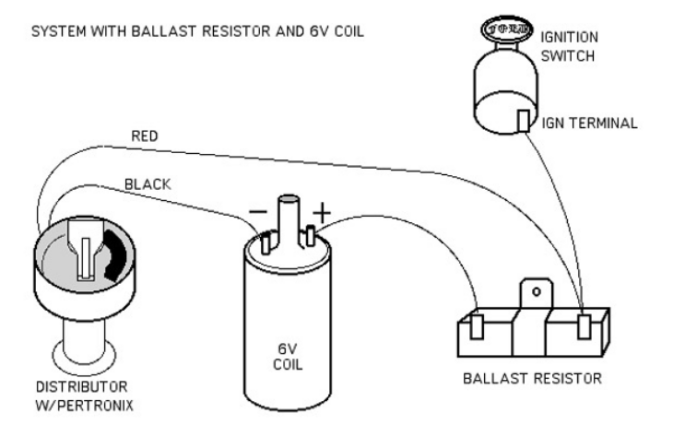
Following these steps will ensure proper installation of the ballast resistor, allowing for smooth ignition system operation in your older vehicle.
Part 3: What Happens If You Don't Use A Ballast Resistor
The ballast resistor is no longer required in many modern automobiles.
However, in older automobiles with points ignition, this type of spark resistor is still required.
If a ballast resistor is not used or is bypassed, the ignition coil may receive a higher voltage than it can handle. This can lead to overheating, premature failure of the ignition coil, and other electrical system issues.
Part 4: FAQs about Ballast Resistor
Here are some faqs about ballast resistors you can refer to.
What is a ballast resistor?
A ballast resistor is a type of electrical resistor that is designed to limit the current flow in a circuit. This is done by increasing the resistance of the circuit when the current flow exceeds a certain level. Ballast resistors are often used in automotive applications, such as in the ignition system, to protect electrical components from damage.
How does a ballast resistor work?
A ballast resistor works by converting electrical energy into heat energy. When current flows through the resistor, the resistance of the resistor causes the electrons in the wire to collide with the atoms in the wire. This collision produces heat, which increases the temperature of the wire. The increase in temperature also increases the resistance of the wire. This feedback loop continues until the current flow reaches a steady state.
What are the benefits of using a ballast resistor?
There are several benefits to using a ballast resistor, including:
- Protects electrical components from damage: Ballast resistors can protect electrical components from damage by limiting the current flow. This is especially important in automotive applications, where sudden surges of current can damage sensitive components.
- Extends the lifespan of electrical components: By limiting the current flow, ballast resistors can also help to extend the lifespan of electrical components. This is because the reduced current flow will reduce the amount of heat generated by the component.
- Reduces noise: Ballast resistors can also help to reduce noise in electrical circuits. This is because the resistance of the ballast resistor will dampen the electrical oscillations that can cause noise.
What are the applications of a ballast resistor?
Ballast resistors are used in a variety of applications, including:
- Automotive ignition systems: Ballast resistors are used in automotive ignition systems to protect the ignition coil from damage. The ballast resistor limits the current flow to the ignition coil when the engine is starting, which prevents the coil from overheating.
- Lighting circuits: Ballast resistors are used in lighting circuits to limit the current flow to the lamps. This helps to prevent the lamps from burning out prematurely.
- Electronic circuits: Ballast resistors are also used in a variety of electronic circuits to protect sensitive components from damage.
How to choose a ballast resistor
When choosing a ballast resistor, it is important to consider the following factors:
- The current flow in the circuit: The ballast resistor must be able to handle the maximum current flow in the circuit.
- The voltage of the circuit: The ballast resistor must be rated for the voltage of the circuit.
- The power dissipation of the resistor: The ballast resistor must be able to dissipate the heat that is generated by the current flow.
How to install a ballast resistor
Installing a ballast resistor is a relatively simple process. The following steps should be followed:
- Disconnect the negative battery terminal. This is to prevent electrical shock.
- Locate the circuit that the ballast resistor will be connected to.
- Cut the wires that supply power to the circuit.
- Strip the insulation from the ends of the wires.
- Connect one end of each wire to the ballast resistor.
- Connect the other ends of the wires to the circuit.
- Reconnect the negative battery terminal.
How to troubleshoot a ballast resistor
If you are experiencing problems with a ballast resistor, there are a few things that you can do to troubleshoot the problem:
- Check the resistance of the ballast resistor. The resistance should be within the specified range.
- Check the voltage drop across the ballast resistor. The voltage drop should be within the specified range.
- Check the current flow through the ballast resistor. The current flow should be within the specified range.
If you are still having problems with the ballast resistor, you should replace it with a new one.
Final Words
In conclusion, wiring a ballast resistor is a straightforward process that involves connecting it between the ignition switch and the ignition coil. Following the proper steps and using a ballast resistor is essential to maintain the performance and longevity of the ignition system.

Disclaimer: The views and opinions expressed by individual authors or forum participants on this website do not represent the views and opinions of Chipsmall, nor do they represent Chipsmall's official policy.

share this blog to:



